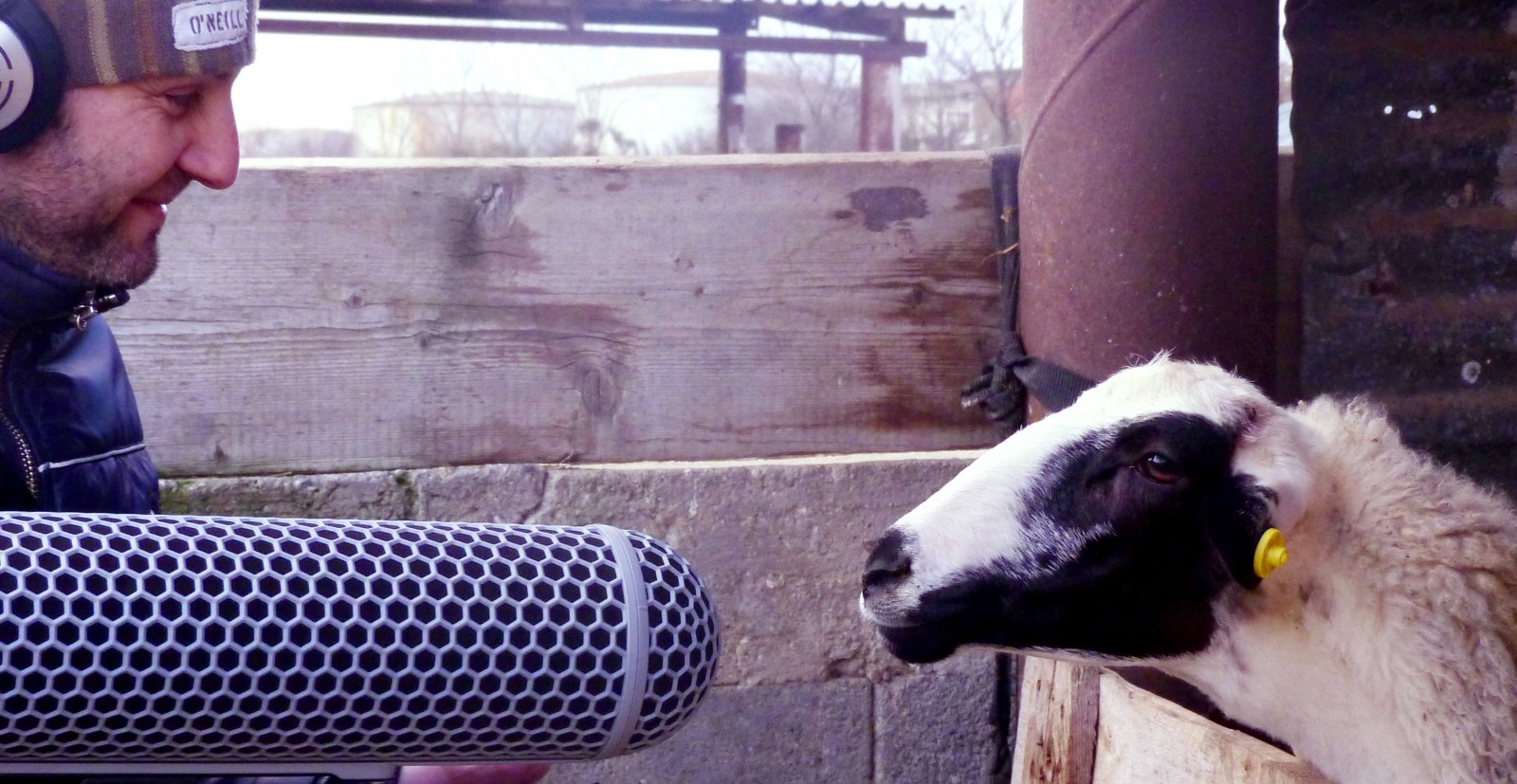Hearing is Believing: Sound Effects
The third and final entry into our series on sound in film and video productions. And like any good part 3, we go back to the beginning.
Sound Effects vs. Foley In Film and Video Productions
It can get a little muddled when trying to distinguish a sound effect from Foley. If we define a sound effect as any audio that isn't dialogue or music, then Foley certainly qualifies and would be considered the first ever. However, when I think of sound effects, I think along the lines of "special effects"; sounds created to accompany a visual effect. Some may call Foley a type of sound effect, others and myself believe that a sound effect is a certain form of Foley.
The debate could go on forever about whether Foley is a kind of sound effect or vice versa. I determine the difference between the two by looking at what purpose the sound plays in the particular film or video production. The purpose of Foley is to enhance the reality of a scene by superimposing the sounds of that environment whereas the purpose of a sound effect is to enhance the reality of a non-existent place or thing. A good Foley effect goes unnoticed. A good sound effect can become iconic and one of the most recognized pieces of a film. These sounds ultimately work together to immerse a viewer into the scene.
For example, take the cantina scene in Star Wars (1977). The sounds of chatter noise in the bar, glasses being set down, and drinks being poured are Foley effects. These sounds could have come from a stock library just as easily as they could have been made for this film. But the sounds of Han Solo's blaster, Obi-Wan's lightsaber, and an alien laughing are sound effects. These sounds are tailor-made for the items and can't be re-used for another effect. They create a reality so we can maintain our focus on the dialogue of a scene, a distraction to keep our attention, if you will. A lot of thought goes into crafting these effects so the object its being used for can leave an impression on the viewer.
The Impact of Score Using a Foley Technique
In my previous blog about film score, I talked about how those sounds are created to draw out an emotion. Sound effects have a similar power to them as well. These sounds may not draw out a specific emotion from a viewer but they do reveal something about the object that the sound was crafted for. They make Iron Man's blasters sound powerful, they make the T-Rex (you know which one) sound ferocious, and they make the "Sunken Place" feel empty. Whatever reason the non-existent thing was created for the story, its traits and characteristics are established by its visuals and reinforced by its sound effects.
Sound effects also share another attribute with score, the legacy they can leave behind. A sound effect can become synonymous with its object or place just like any piece of music can with a scene or film. For every "Superman Theme" there's a Predator's clicking. Let's say you saw two children playing with sticks in a fencing-like manner. If they made sounds of metal clashing while playing, you might think that they are pretending to be medieval soldiers or maybe ninjas. If they made sounds of electric whirring and spark bursts, you know that they are pretending to be Jedi Knights. That's when a sound effect truly leaves it mark, just like score, you hear something and you think of the movie.
For the first 90 years of motion pictures, these sounds were scarce in film. Even during the sci-fi wave of the 50s, most sound effects were reused or remixed Foley tracks from a stock library. Sure, some original effects were crafted for the films, but they had yet to take that next step. Then, in 1977, a movie came along and changed everything about movies. Everything. Can you guess which one?
Star Wars: The Invention of Sound Design
You can't really overstate just how much this movie impacted the world of filmmaking. From box office returns to merchandising to culture to visual effects, its innovations are abundant. Star Wars also broke new ground in the sound department as well. This was the first major film to have sounds designed for specific creatures, vehicles, and weapons that helped take us to a galaxy far, far away. Imagine if Chewbacca's roar was a lion's roar or a dog's bark. Really takes away the magic, doesn't it?
George Lucas was aware of this and insisted on an original sound effect for it. The film's sound engineer, Ben Burtt, combined the sounds of a bear, lion, camel, badger, walrus, tiger, and of all things, a rabbit to create the iconic roar that everyone has tried to imitate at some point in their life. Burtt crafted the sound of a blaster from hitting a guy-wire on a radio tower with a hammer. That sound a TIE Fighter makes when it's flying...an elephant howl, stretched electronically. The list goes on and on. This fascination with the soundscape led Lucas to developing THX, a digital high fidelity audio/visual reproduction company that enhanced the experience for movie theaters, video games, and car audio systems by setting a new standard in quality.
Another Step in Film's Perpetual Evolution
Just like Foley and score, sound effects will continue to experiment and grow to create new soundscapes in the future. They add to what I call the "magic" of movies, making the unreal come to life. All of these little sounds play a large role in film that mostly goes unnoticed. So, the next time you watch a sound effects heavy movie, take a moment to close your eyes. See if the sound alone can put the image in your head. After all, it was George Lucas himself who said, "Sound is half of the picture."




